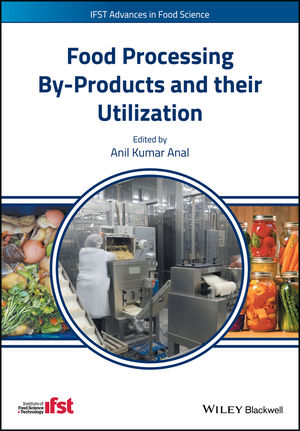The discontinuing of unprofitable products and the introduction of new products is one of the trademarks of a successful meat processor. It can be very challenging to find ways to introduce new products without making expensive capital investment in new equipment. A way that is frequently used successfully to introduce new products is “line extensions.” A line extension is a product that is similar to one you currently produce, yet it has an entirely different look, flavor or shape.
External spice on a product gives it a “special” look and contributes to the flavor of the product. Traditionally, spice has been applied to the exterior of a product before thermal processing or applied to the surface of a product that has already been heat-treated. Applying spice to the exterior of a raw product tends to be time consuming and often very difficult to achieve. It can also be very difficult to get spice to adhere to the exterior of a product that has already been heat-processed. Another drawback to adding spice to heat-processed products is that the extra handling of product after heat treatment provides too many opportunities to introduce microorganisms to the outside of the product which can significantly reduce the shelf life of the product and perhaps even affect the safety of the product.
Meat processors now have available to them two excellent ways to apply spice to products. These include spice-coated sheets and spice-coated casings. The spice coated sheets work very well to apply spice to bacon while the spice coated casings work exceptionally well for sausage and ham products. It is important to pick an external spice combination that complements the internal flavor of the product. Make sure on small-diameter products that the combination of the external and internal flavors does not give the product a flavor profile that is too intense.
Summer sausage is an excellent product to process in a spice-coated casing. You process it just as you would normally, with the only difference being you stuff it into a spice-coated casing rather than your regular casing. After the product has been processed and chilled, you remove the casing. When the casing is removed the spice that was on the inside of the casing adheres to the product, giving the exterior of the summer sausage a very unique appearance. It is very important to remember that when you are removing the casing you are handling a ready-to-eat product in the post lethality processing environment, and care must be taken to make sure this is done in a sanitary manner. You would follow similar procedures and have similar concerns if processing a ham product rather than a summer sausage product.
Sliced spice-coated summer sausage and ham are excellent items to put on party trays. They help to give your party trays a very attractive appearance.
Remember: The will to conquer is the first condition of victory.
Give your products a unique external appearance
Looking for a reprint of this article?
From high-res PDFs to custom plaques, order your copy today!







